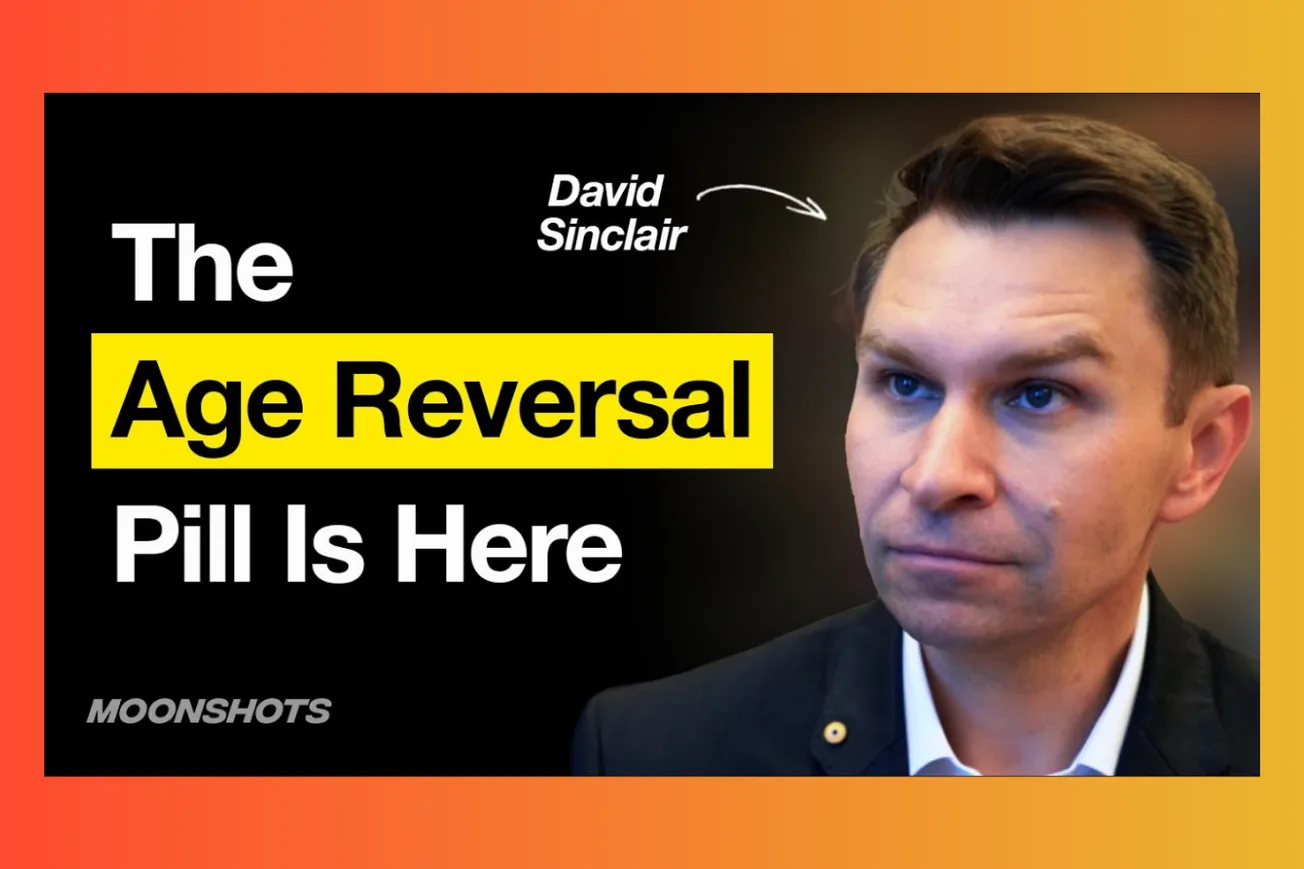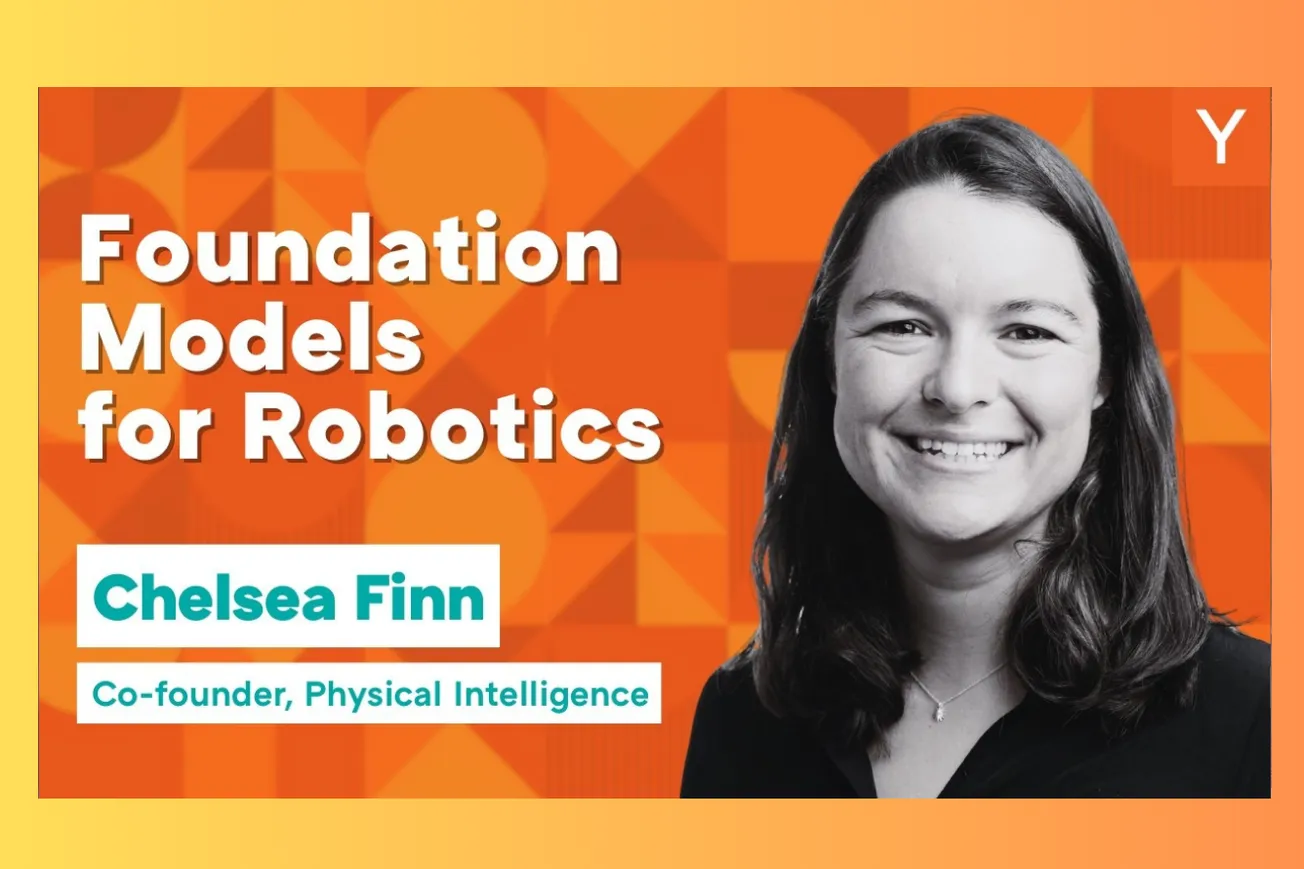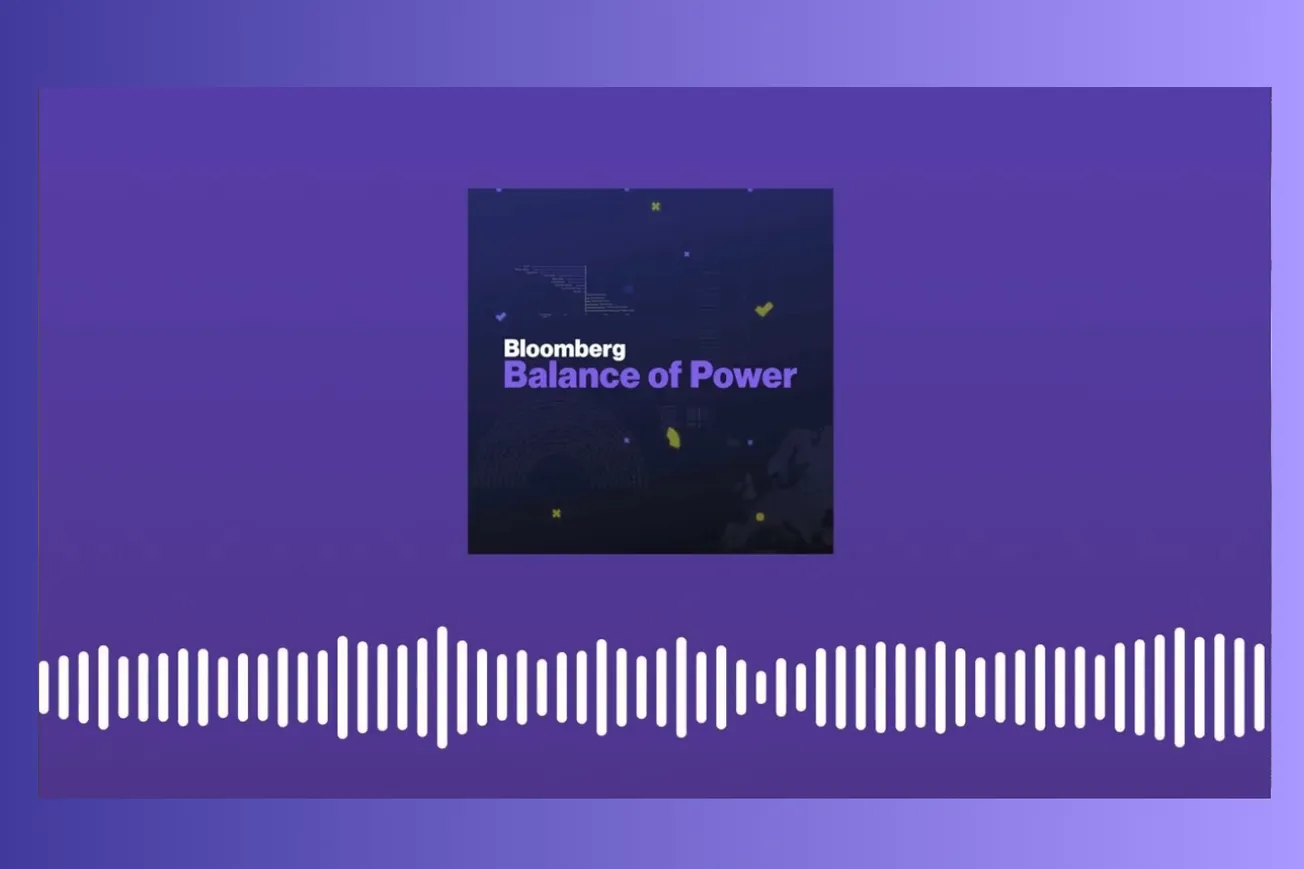Table of Contents
A Harvard researcher's lab can now reverse aging by 95% in just weeks, bringing us closer to the ultimate human upgrade.
Key Takeaways
- Scientists have successfully reversed aging by 95% in animal studies using epigenetic reprogramming techniques
- A single pill costing under $100 could potentially reset your biological age within four weeks by 2035
- The information theory of aging suggests we can "reboot" cells like computer software, not just slow deterioration
- Human trials for age reversal therapy begin in January 2025, starting with reversing blindness
- Government funding cuts are threatening to delay these breakthroughs that could be worth $86 trillion to the economy
- Current longevity protocols combining exercise, plant-based nutrition, and specific supplements can buy time until advanced therapies arrive
- Teenagers today may realistically live into the 22nd century according to leading longevity researchers
- The technology exists to potentially double human lifespan within our generation's lifetime
- AI is accelerating drug discovery from decades to months, making previously impossible combinations of anti-aging molecules feasible
Revolutionary Age Reversal Technology Enters Human Trials
Harvard Medical School professor David Sinclair has moved from theoretical speculation to clinical reality. His lab routinely reverses aging in mice and monkeys, with human trials launching in January 2025. The approach centers on epigenetic reprogramming—essentially resetting cellular software to its youthful state.
Life Biosciences, Sinclair's company, proved the technology works by reversing blindness in green monkeys. The results were staggering: 95% of optic nerve aging reversed to a youthful state. This isn't temporary improvement—it's actual biological age reversal that remains stable after treatment ends.
The process involves activating three specific genes normally only active in embryos. These Yamanaka factors can cure diseases that have never been cured before, from Alzheimer's to ALS. The treatment requires a single injection followed by a course of common antibiotic doxycycline to activate the therapeutic genes.
Current gene therapy costs range from $300,000 to $2 million per treatment. However, Sinclair's team has developed AI-generated molecules that could deliver the same results for roughly $100 per month-long course. Early experiments giving mice this oral cocktail just three days per week for four weeks made them physiologically younger by every measurable standard.
The technology promises whole-body rejuvenation rather than treating individual diseases. Since most age-related conditions stem from the universal aging process itself, reversing cellular age effectively addresses root causes rather than symptoms. In laboratory studies, this approach has successfully treated glaucoma, multiple sclerosis, muscle diseases, and various neurodegenerative conditions.
The Information Theory of Aging Changes Everything
Traditional aging research focused on wear-and-tear damage accumulation. Sinclair's information theory of aging proposes something radically different: aging results from corrupted cellular software, not hardware failure. Like computer files becoming corrupted over time, cells lose the ability to maintain proper gene expression patterns.
Every cell contains identical DNA—your genome remains stable throughout life. Yet a 20-year-old looks completely different from the same person at 100. The difference lies in the epigenome: the system controlling which genes activate and when. As we age, this cellular operating system becomes increasingly scrambled.
The breakthrough discovery is that cells retain a backup copy of their original youthful programming. This "observer" system, named after information theorist Claude Shannon, preserves the original blueprint even as the active copy degrades. By accessing this backup through epigenetic reprogramming, scientists can restore cells to their original state.
This explains why cloning works with old cells. Despite decades of accumulated damage, cloned animals start life young because the reproductive process resets the epigenome. Sinclair's team found a way to trigger this reset without requiring reproduction—essentially allowing conception's rejuvenating effects without being reborn.
The implications are staggering. Rather than accepting aging as inevitable deterioration, we can view it as a reversible information loss problem. Cells remember how to be young; they simply need reminding. This fundamental shift transforms aging from an unsolvable mystery into an engineering challenge with clear solutions.
Artificial Intelligence Accelerates Discovery by Millennia
AI has become central to every experiment in Sinclair's laboratory. What previously required hundreds of thousands of years to test can now be accomplished in months. The lab screens trillions of molecules virtually, identifying promising candidates for age reversal with unprecedented speed.
Their AI system called DASH can determine cellular age within nanoseconds just by analyzing microscope images. This allows rapid screening of potential anti-aging compounds, creating a feedback loop that continuously improves their molecular cocktails. The system spans from 20-year-old cell images to 93-year-old samples, instantly measuring rejuvenation effects.
The most remarkable application involves finding single molecules that affect four key aging pathways simultaneously. Pharmaceutical companies would consider this impossible—optimizing one pathway typically requires decades and billions of dollars. AI now identifies compounds that pull multiple aging levers with surgical precision.
Virtual molecular docking allows researchers to test billions of combinations against known enzyme structures. Thanks to DeepMind's protein folding breakthroughs, they can model exactly how potential drugs interact with cellular machinery before synthesizing anything physically. This computational approach has already produced over 100 top candidates, some synthetic and others natural compounds that can be ordered like products on Amazon.
The acceleration is exponential rather than linear. Experiments that would have taken graduate students years can now be completed overnight by autonomous systems. AI proposes hypotheses, robots execute experiments, and machine learning algorithms analyze results—all while human researchers sleep.
Current Longevity Protocols and Supplement Science
While waiting for advanced therapies, Sinclair maintains his own comprehensive longevity protocol. At 55, he appears decades younger through a combination of evidence-based interventions that anyone can implement today.
His nutritional approach centers on a primarily plant-based diet rich in polyphenols—compounds that signal cellular stress responses and activate longevity pathways. He avoids most meat due to branch-chain amino acids (leucine, isoleucine, valine) that can reduce lifespan. Lentils serve as his primary protein source, providing essential amino acids without problematic compounds.
Exercise remains crucial, particularly resistance training after age 50 to combat muscle loss. Sinclair emphasizes that muscle mass functions as a longevity drug in itself. He combines weightlifting with cardiovascular exercise and maintains movement throughout the day, taking Zoom meetings while cycling.
His supplement regimen includes NMN (nicotinamide mononucleotide) at one gram daily to boost cellular NAD+ levels—the energy currency that powers sirtuins, proteins that bundle DNA and regulate gene expression. He pairs this with resveratrol and fisetin as sirtuin activators, creating synergistic effects.
Additional supplements include alpha-lipoic acid (inspired by meeting free radical theory pioneer Denham Harman, who remained active in his lab at 92), low-dose aspirin for cardiovascular protection, vitamin D and K, and spermidine for autophagy enhancement. He monitors his protocols carefully, adjusting based on regular biomarker testing.
Intermittent fasting plays a key role, typically skipping breakfast and eating within a compressed window. This activates cellular stress responses that promote repair and regeneration. However, he emphasizes doing this scientifically with proper nutrition and medical supervision rather than arbitrary restriction.
The Economics of Longevity: Trillions at Stake
Harvard economists calculated that extending healthy lifespan by just one year would generate $86 trillion in value for the US economy alone. This staggering figure reflects both healthcare cost savings and continued productivity from healthy older adults.
The economic model centers on "willingness to pay"—what people would sacrifice for additional healthy years. Since longer life creates positive feedback loops where people want even more time, the value compounds exponentially. Healthy 80-year-olds contribute economically rather than consuming expensive end-of-life care.
Consider the current burden: dementia or ALS patients can cost tens of thousands daily for care. A single person with age-related disease represents enormous economic drain. Multiply this across millions of aging baby boomers, and the crisis becomes clear. Social Security and Medicare face insolvency partly because people live longer in poor health rather than dying quickly after retirement.
Conversely, healthy longevity creates economic expansion. Sinclair's 86-year-old father exemplifies this potential—still working, traveling, and contributing rather than requiring care. He's raising his great-nephew and supervising clinical trials, providing value instead of consuming resources.
The demographic crisis in developed nations makes longevity economically essential. South Korea's birth rate of 0.7 children per family means the population will halve each generation. Japan faces similar collapse. Without healthy longevity or massive immigration, these economies cannot sustain social programs or economic growth.
Investment in longevity research represents the highest-return opportunity in human history. The field requires relatively modest funding compared to potential returns—Sinclair's entire lab operates on $3 million annually, yet could produce therapies worth trillions.
Funding Crisis Threatens Breakthrough Timeline
Despite the enormous potential, government funding for longevity research faces unprecedented cuts. Sinclair's lab lost all federal grants totaling millions of dollars, forcing him to spend more time counseling devastated students than conducting research.
The cuts particularly target Harvard Medical School, affecting innocent researchers whose only crime was working at an institution facing political pressure. Young scientists who dedicated years to this work now face career uncertainty. Some senior researchers are simply giving up, ending decades of expertise development.
This represents a strategic disaster for American competitiveness. While the US leads in longevity research, countries like China, Singapore, Saudi Arabia, and the UAE are massively increasing their investments. China currently lags by over a decade, but aggressive funding could close this gap rapidly.
The irony is profound: cutting longevity research to save money when successful therapies could solve national debt problems. The $86 trillion economic value of just one additional healthy year dwarfs any government spending cuts. This myopic approach risks America's technological leadership in the most important field of the 21st century.
Private funding has partially filled gaps, with crypto billionaires like Brian Armstrong, Jeff Bezos, and Yuri Milner backing major longevity companies. However, basic research requires sustained government support that venture capital cannot replace.
The stakes couldn't be higher. Every year of delay potentially costs millions of lives and trillions in economic value. The infrastructure for breakthrough longevity science exists today—it simply needs consistent funding to reach its potential.
Timeline Overview: Key Developments by Period
- January 2025 (0-6 months) — First human trials begin for Life Biosciences' age reversal therapy targeting blindness and glaucoma. Gene therapy injection followed by doxycycline activation protocol. Success would prove age reversal works in human tissue safely.
- 2025-2026 (6-18 months) — Initial human trial results available. If successful, expansion to whole-body applications using improved delivery methods like lipid nanoparticles instead of viral vectors. Sinclair's second book "Lifespan Survival" publishes with updated protocols and societal implications.
- 2026-2028 (2-4 years) — AI-generated oral molecules enter human testing. These pills could cost under $100 monthly versus hundreds of thousands for gene therapy. Broader clinical trials for multiple age-related diseases. Metro Biotech's crystalline NMN completes Phase 3 trials for various conditions.
- 2028-2030 (4-6 years) — First approved age reversal therapies reach market, initially expensive but rapidly decreasing in cost. Multiple companies compete with different approaches. Regulatory frameworks adapt to age reversal as medical category rather than disease treatment.
- 2030-2035 (6-11 years) — Widespread availability of longevity therapeutics. Oral pills for monthly age reversal cycles become routine. Integration with AI-powered personalized medicine. Potential achievement of longevity escape velocity where science extends life faster than time passes.
- 2035+ (Beyond) — Mature age reversal industry with pennies-per-dose costs. Social adaptation to extended lifespans including retirement age adjustments. Space exploration becomes feasible with centuries-long human lifespans. Potential consciousness uploading as backup to biological longevity.
Teenagers today witness the beginning of indefinite healthy lifespan. By the time current 14-year-olds reach middle age, routine age reversal could be as common as today's vaccinations. The only question is whether current adults can stay healthy long enough to benefit from these advancing technologies. The answer depends partly on implementing today's proven longevity protocols while supporting research that makes tomorrow's breakthroughs possible.
This represents the most important technological development in human history. Unlike other advances that improve quality of life, longevity technology literally gives us more life itself. Every day of research progress brings us closer to freeing humanity from aging's arbitrary timeline. The future has never looked more promising—we simply need the wisdom to seize it.





